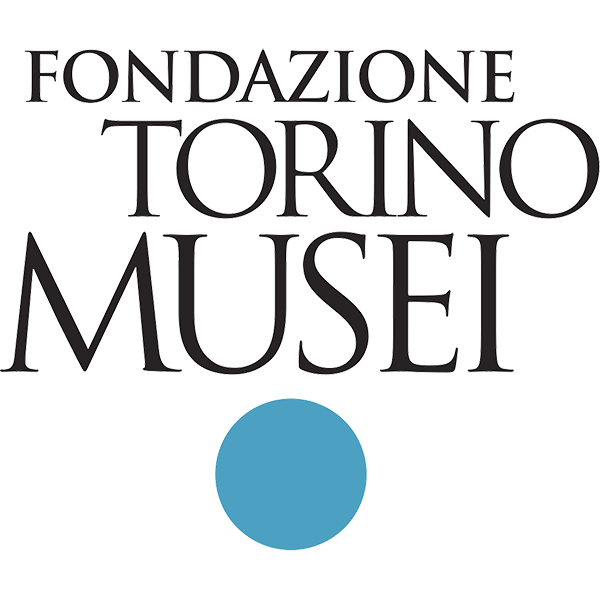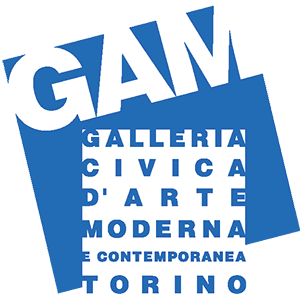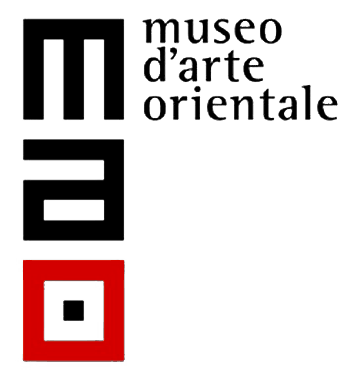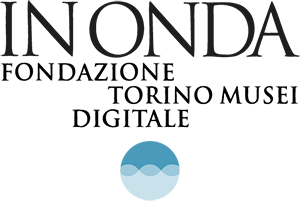A MYSTERY REVEALED
- Exhibition
- 29 November 2017 - 11 March 2018

Curated by di Virginia Bertone
The result of research carried out on archive sources and documents, this small but valuable exhibition offers the opportunity to learn more about the investigation to reconstruct the history of a painting and to understand its meaning in the culture of its time.
The protagonist of the exhibition is a masterpiece of romantic culture known until now as the Self Portrait of Massimo d'Azeglio, purchased in the summer of 2016 by the Guido and Ettore De Fornaris Foundation for the GAM collections.
The purchase has laid the foundations for the study that will make it possible to answer several questions, starting with the most obvious: is it a Self Portrait or rather a Portrait? And if so, who is the artist? Whom was it painted for? What kind of taste in collecting does it represent? When was it presented for the first time? What does it tell us about the culture of its time?
The exhibition programme invites the visitor to retrace the crucial phases of the research, through the presentation of twenty masterpieces from the romantic figurative culture, of which at least ten have never been exhibited in Turin, along with vintage photographs, manuscripts and original documents, which reveal the mystery of the painting.
It has now been established that the work was painted by Giuseppe Molteni (1800-1867), one of the greatest portrait painters of romantic Milan, connected to Massimo d'Azeglio (1798 - 1866) by a close and long-lasting friendship. After a long stay in Rome, d'Azeglio returned to Turin in 1829, then moved definitively to Milan in March 1831. Shortly after his arrival, the artist asked for the hand of the eldest daughter of Alessandro Manzoni, Giulia, whom he married in May of 1831. As well as sincere affection, d’Azeglio did not ignore the career benefits that belonging to one of the most culturally visible families in the city could bring with it. That same year, he successfully exhibited at Brera's Fine Arts Exhibition, laying the foundations for the consolidation of his artistic career.
That happy period corresponds to the selection of works on display, which focuses on paintings made between 1831 and 1836, a period during which d’Azeglio and Molteni had a special collaboration, in art and in business.
Bearing witness to this is an interesting watercolour by Francesco Gonin, painted in Milan in 1835, depicting d’Azeglio's intention to paint in Giuseppe Molteni's large and comfortable studio: on the easel, we can recognize the large canvas Bradamante fighting with the magician Atlante to free Ruggero from the enchanted castle, which he presented in Brera that same year. One recognizable canvas of those in the background is the great Portrait of Alessandro Manzoni, filled with romantic impetus, painted by two artists (Molteni for the figure, d’Azeglio for the background that recalls the shores of Lake Como), but which Manzoni never allowed them to exhibit.
This canvas, seldom loaned due to its fragility, has been placed next to another masterpiece, exhibited for the first time in Turin: it is the monumental Portrait of the Belgiojoso family painted by Molteni and exhibited in Brera that same year, 1831; a painting of great interest since it innovates the traditional layout of the family portrait, taking on special importance here because of the intimate tie to the purchaser of the painting.
The Portrait of Massimo d'Azeglio painted by Giuseppe Molteni offers the inspiration to examine a seminal moment in the career of the two artists. Through the intensity of the gaze, the portrait shows the great fascination of a mature artist – d’Azeglio was 37 years old - who now had an indisputable leading role in Milan. With a carefully studied effect, the figure stands out against the background that goes from orange to the blue creating a sort of icon of the romantic artist. Equally interesting is the choice to portray him not with brush and palette, or in the studio, but by exalting his intellectual skills, a variant that in Italy did not yet have many precedents, but that, thanks to d'Azeglio's talents as a painter and writer, was a good fit.
The exhibition is curated by Virginia Bertone, the head conservator-restorer at the GAM. She has dedicated a number of studies to Massimo d'Azeglio and has been responsible for the extensive study campaign conducted on the d’Azeglio fund preserved in the GAM collections (266 paintings and 28 albums that contain more than 1300 drawings). Working alongside her is Alessandro Botta, doctoral candidate in History of Contemporary Art at the University of Udine. On this occasion, he is focusing on researching sources and documents of the period.
The exhibition catalogue revives the tradition of the scientific studies that over time accompanied the prestigious collection of the Fondazione De Fornaris, whose purpose is to enrich the collections of the GAM - Civic Gallery of Modern and Contemporary Art in Turin.






